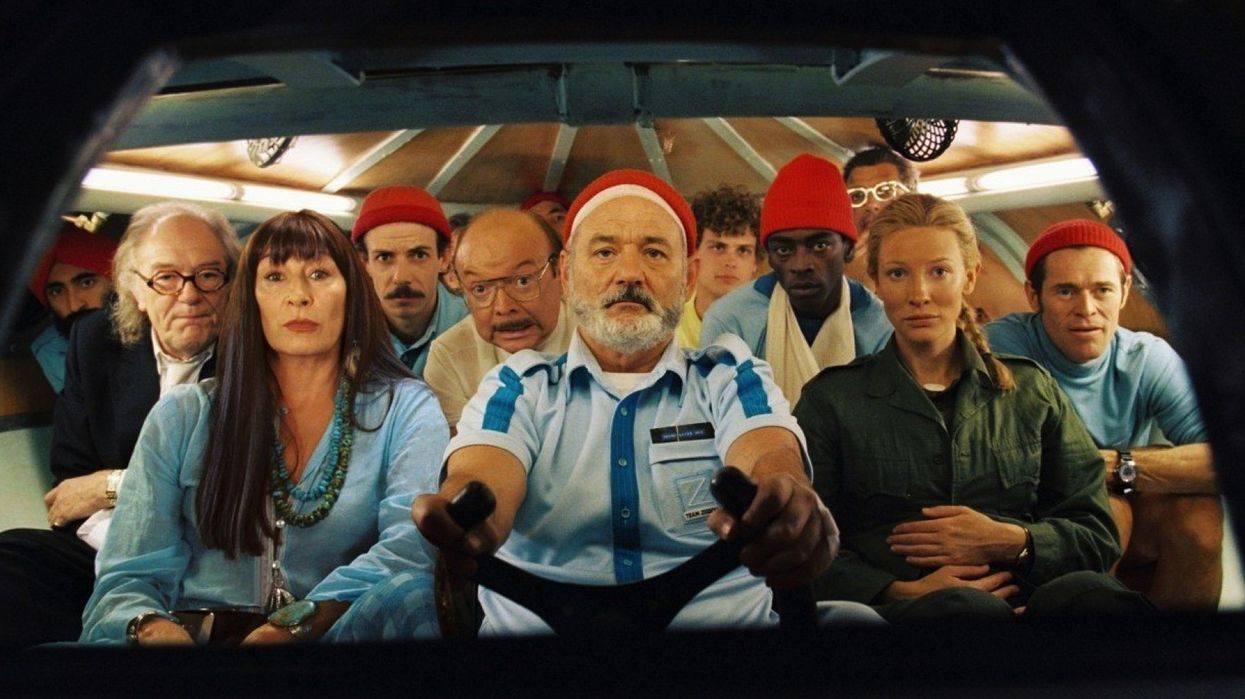Let's talk Wes Anderson Cinematography With DP Robert Yeoman
There's probably nothing more pleasing to my eye than the images created by cinematographer Robert Yeoman when he's working with Wes Anderson.

The symmetry, the camera movements, the beautiful lighting -- it all serves to create a world that is, strangely, both unique and nostalgic. In this video essay by Nick Hansbauer, we get to take a look at the work of Robert Yeoman, from his first job (uncredited) on To Live and Die in L.A. in 1985 to his almost 20-year collaboration with Anderson.
Wes Anderson Cinematography
Even though Yeoman has worked on Hollywood films throughout his career, the fabric of his sensibilities is very independent. Working on films with low to low budgets gave him the opportunity to think on his feet -- to get creative and improvise in order to find solutions to the many obstacles inherent in cinematography.
And one can imagine how many obstacles the DP on a Wes Anderson film would have to overcome considering Anderson's penchant for creating immersive worlds with highly detailed sets and costumes, as well as his insistence that everything be perfect within the frame. But, as Yeoman points out, he doesn't like to say no to a director; he likes to give them what they ask for, and for him that means shooting anamorphic, theater-like compositions, x/y axis camera movement, and soft lighting.




And just for kicks, here's a couple of behind the scenes videos of Yeoman's latest Anderson collaboration, The Grand Budapest Hotel, in which you can see (kind of) how the two work together:
Source: Nick Hansbauer












